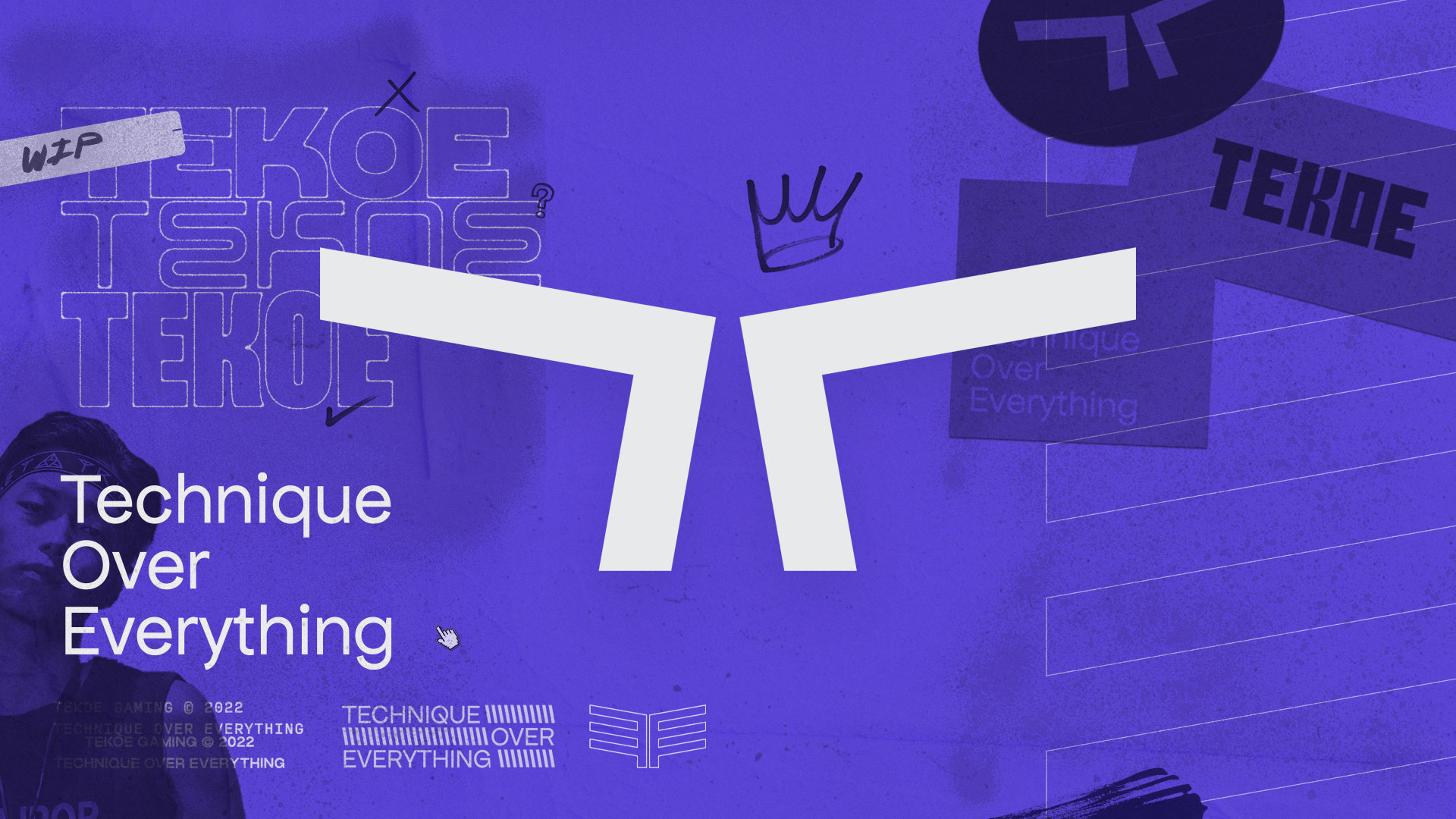Untitled
Thesis — BFA @ CCS
Spring 2021
︎︎︎ An Inquiry of Trauma That Is Far, Far Too Personal?
︎︎︎ Eight Glimpses Into The Abyss?
︎︎︎ Eight Pieces of Art That Mean A Lot to Me?
︎︎︎ A Guide To Keep Moving Forward?
︎︎︎ A Reminder That I Need A Cabin In The Woods?
︎︎︎ Attempts To Calm The Rapid Beating of My Heart?
︎︎︎ A Long Stay At The Bottom Of The Ocean?
︎︎︎ Everything I Sometimes Feel?
︎︎︎ Eight Glimpses Into The Abyss?
︎︎︎ Eight Pieces of Art That Mean A Lot to Me?
︎︎︎ A Guide To Keep Moving Forward?
︎︎︎ A Reminder That I Need A Cabin In The Woods?
︎︎︎ Attempts To Calm The Rapid Beating of My Heart?
︎︎︎ A Long Stay At The Bottom Of The Ocean?
︎︎︎ Everything I Sometimes Feel?
I was curious:
How (Can) The Process of Making Assist Me in Understanding or Overcoming Some Parts of My Personal Trauma?
My process of investigation:
1) Writing
I began by choosing eight key words that were indicative of my experience then and now. From there, I tried my hand at the surrealist technique of automatic writing (writing without thinking).
Compared to typical journaling, this exercise made me write in a more detailed, free flowing, and inquisitive manner. I learned some things about myself that I don’t think I would have otherwise, and the process helped me reframe my experience in my mind.
2) Making
My next step on this strange journey was to begin to make. I picked apart my writings in search of descriptive words that I could easily express with ink and a brush.
For example, instead of trying to reflect the entirety of my pain in one ink painting, I painted one small part of that pain. By approaching it this way, I removed most of the pressure inherit to the experience.
3) Refining
Once I had a large collection of paintings that I felt, in one way or another, reflected my writings, I began to collage them together. I distorted them, cut them up, and added color and other digital elements. This was the most challenging part of the entire process. I had to keep reminding myself that the goal was to create a represention of my feelings, not the representation of them.
1) Writing
I began by choosing eight key words that were indicative of my experience then and now. From there, I tried my hand at the surrealist technique of automatic writing (writing without thinking).
Compared to typical journaling, this exercise made me write in a more detailed, free flowing, and inquisitive manner. I learned some things about myself that I don’t think I would have otherwise, and the process helped me reframe my experience in my mind.
2) Making
My next step on this strange journey was to begin to make. I picked apart my writings in search of descriptive words that I could easily express with ink and a brush.
For example, instead of trying to reflect the entirety of my pain in one ink painting, I painted one small part of that pain. By approaching it this way, I removed most of the pressure inherit to the experience.
3) Refining
Once I had a large collection of paintings that I felt, in one way or another, reflected my writings, I began to collage them together. I distorted them, cut them up, and added color and other digital elements. This was the most challenging part of the entire process. I had to keep reminding myself that the goal was to create a represention of my feelings, not the representation of them.
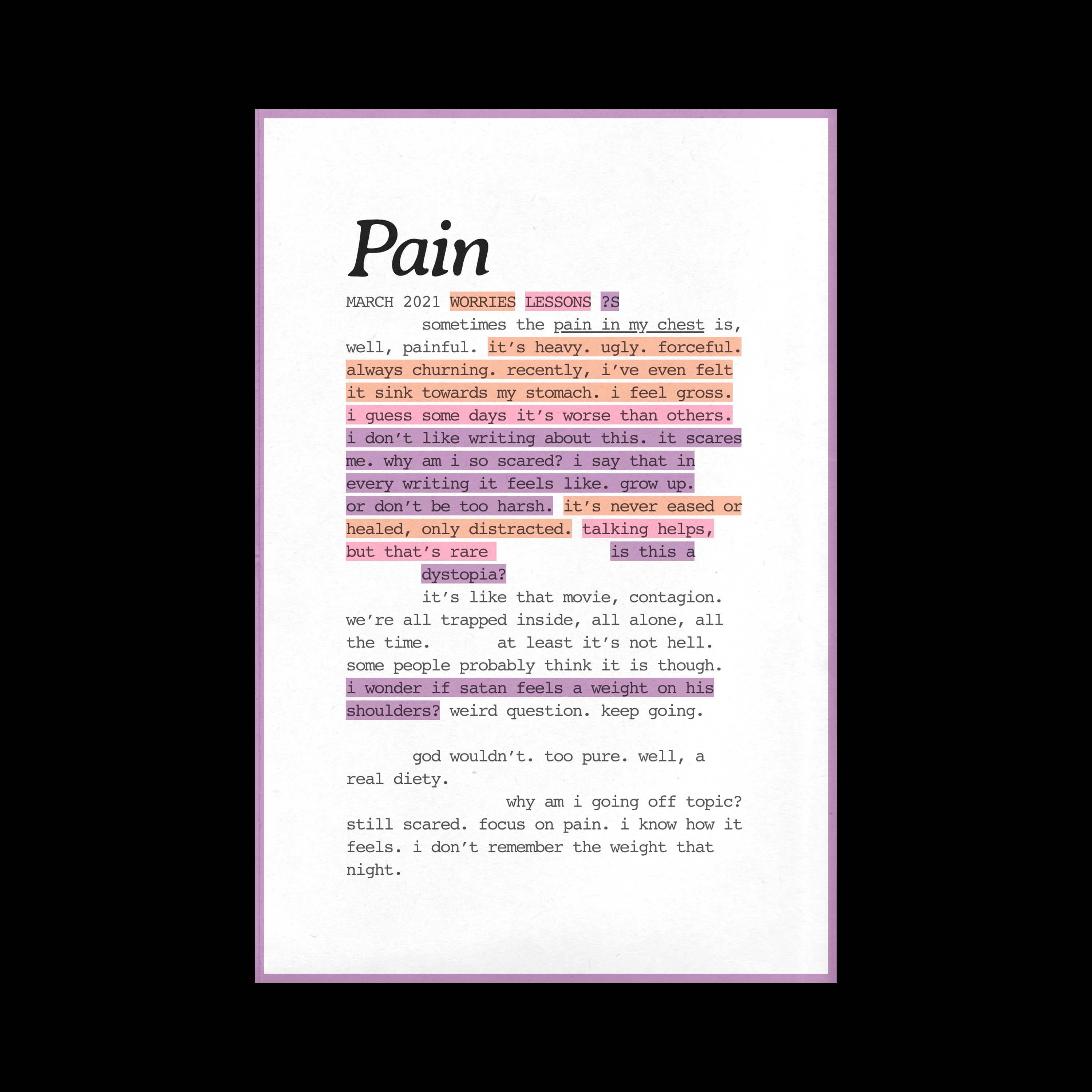


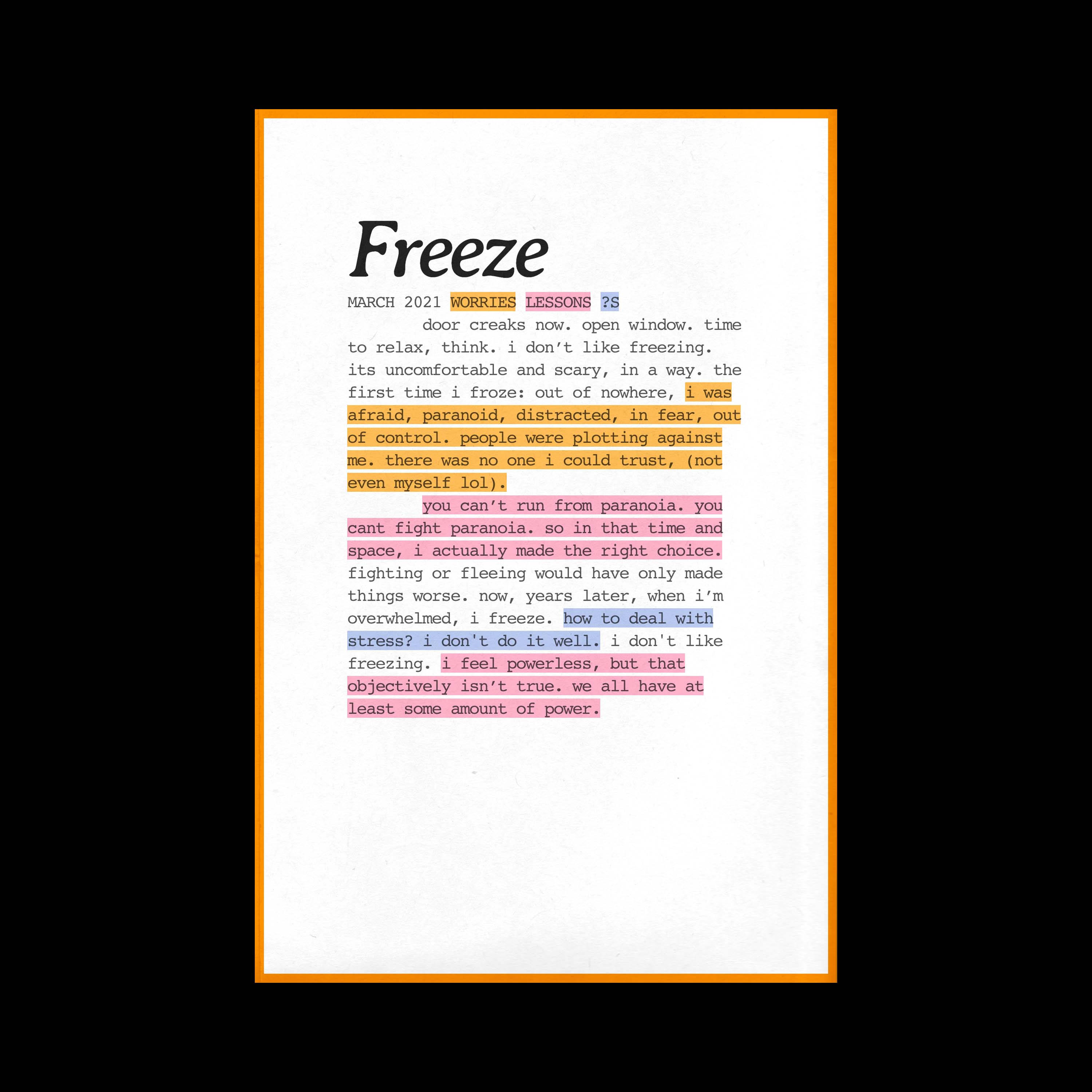


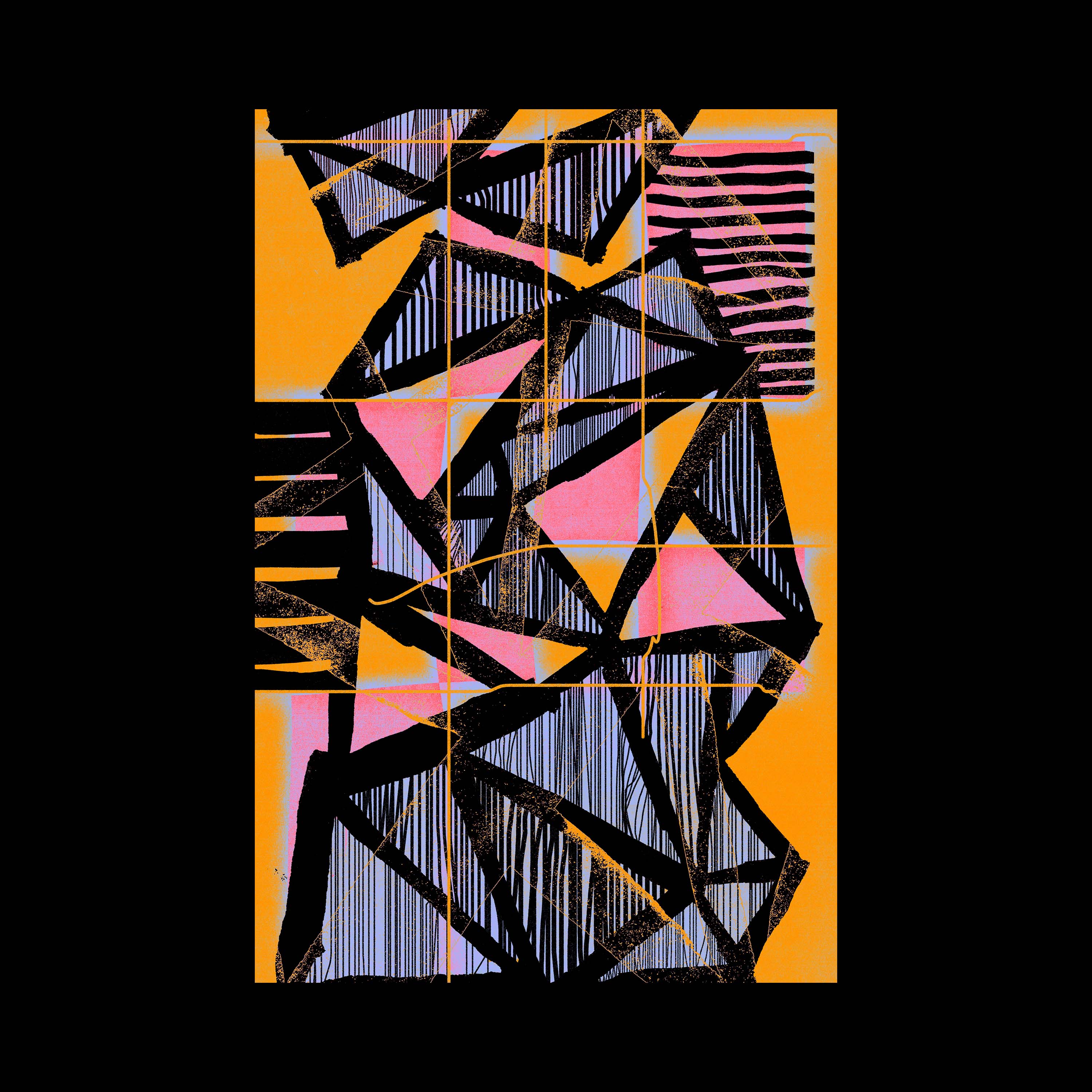
The most important part of this project was the process. The challenging reflections and the escape of surrealist making was much more insightful than the final graphic illustration, although I’m proud of those too.
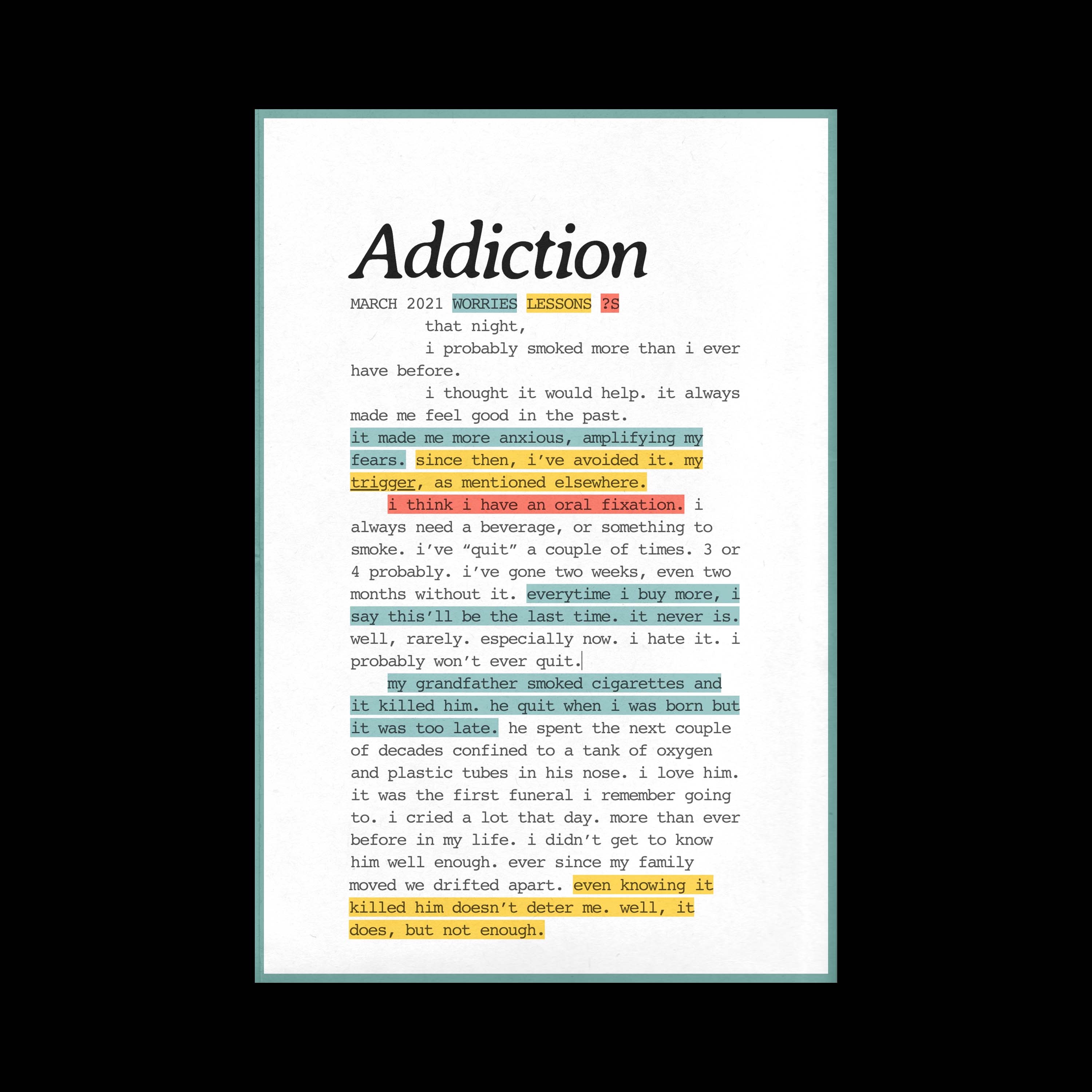
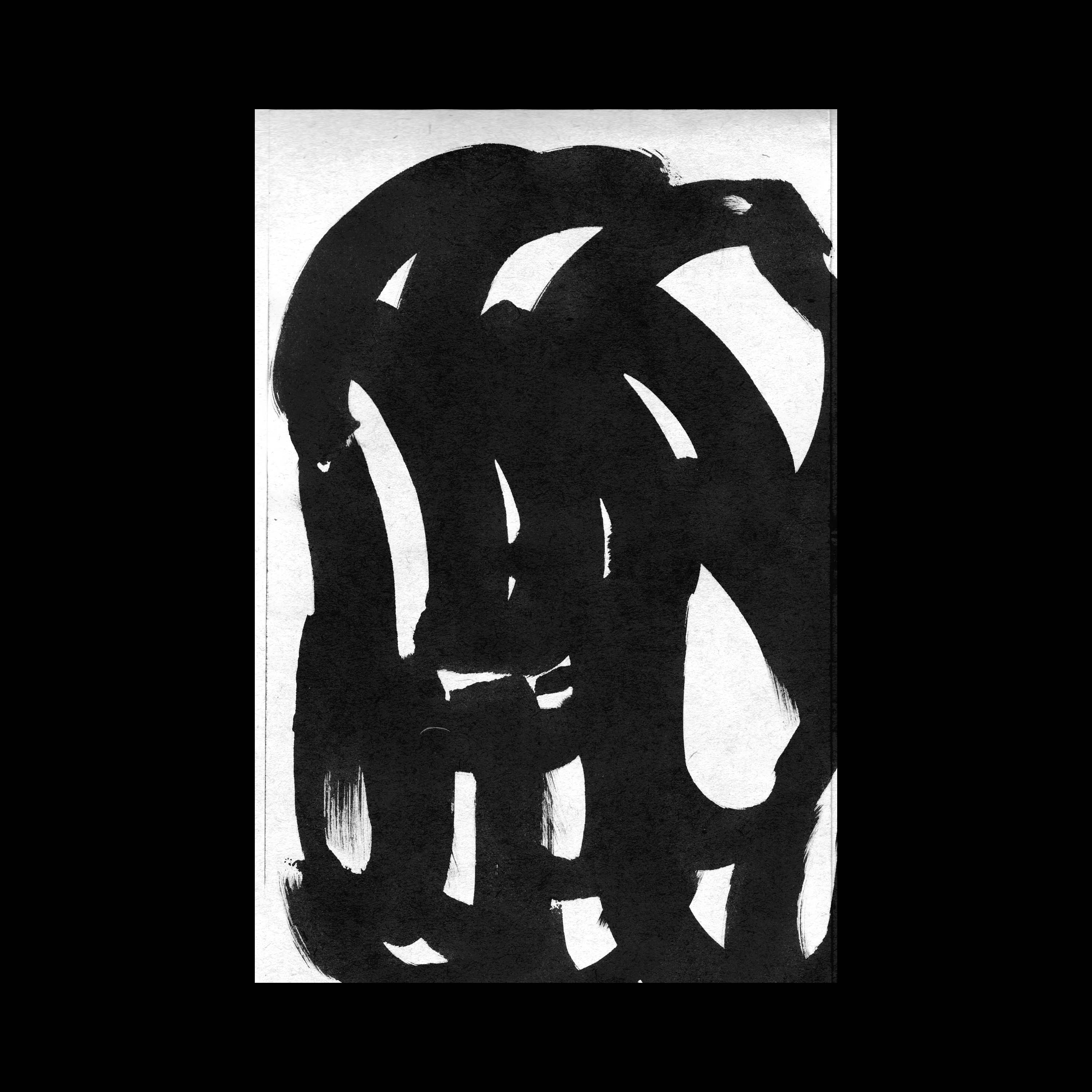
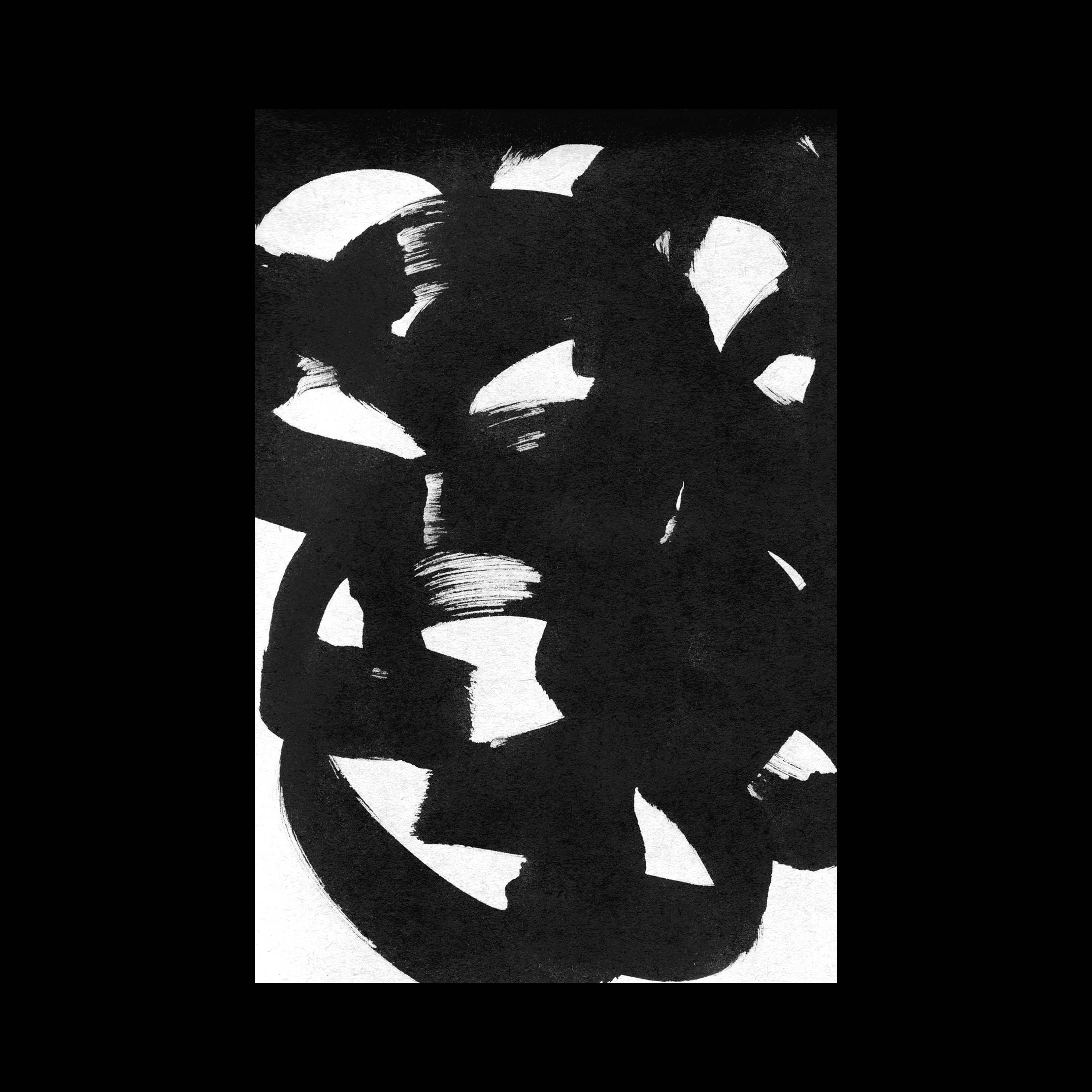
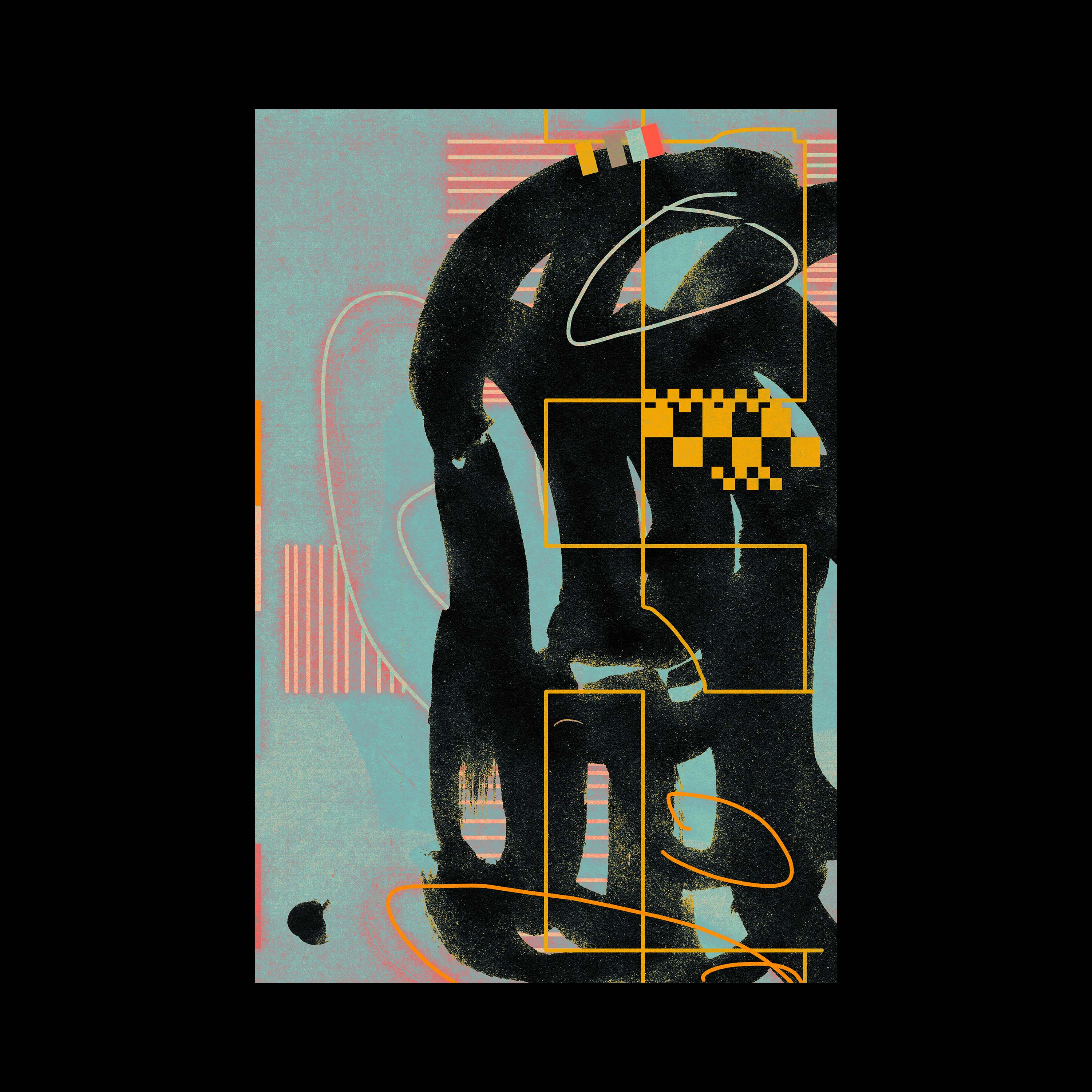

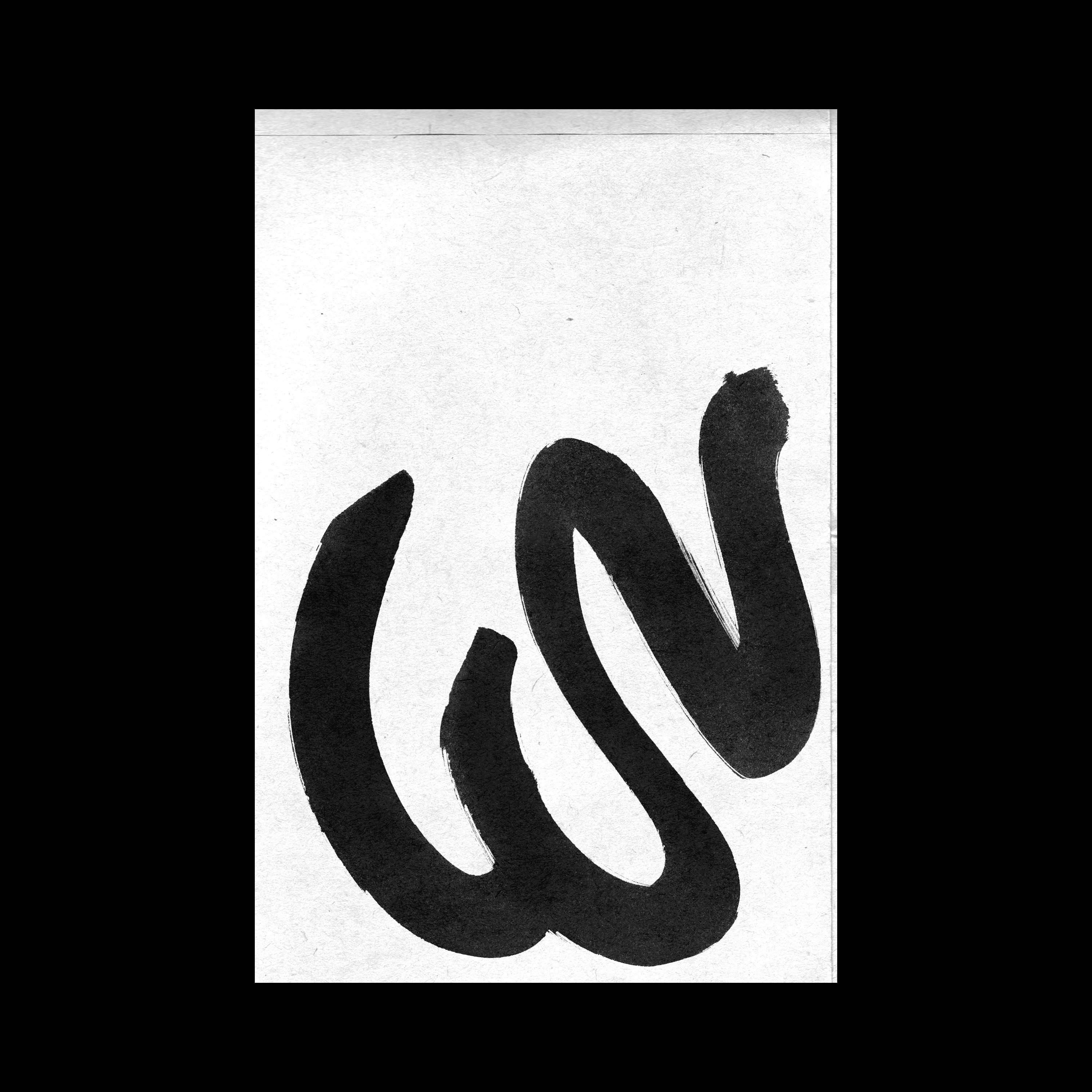
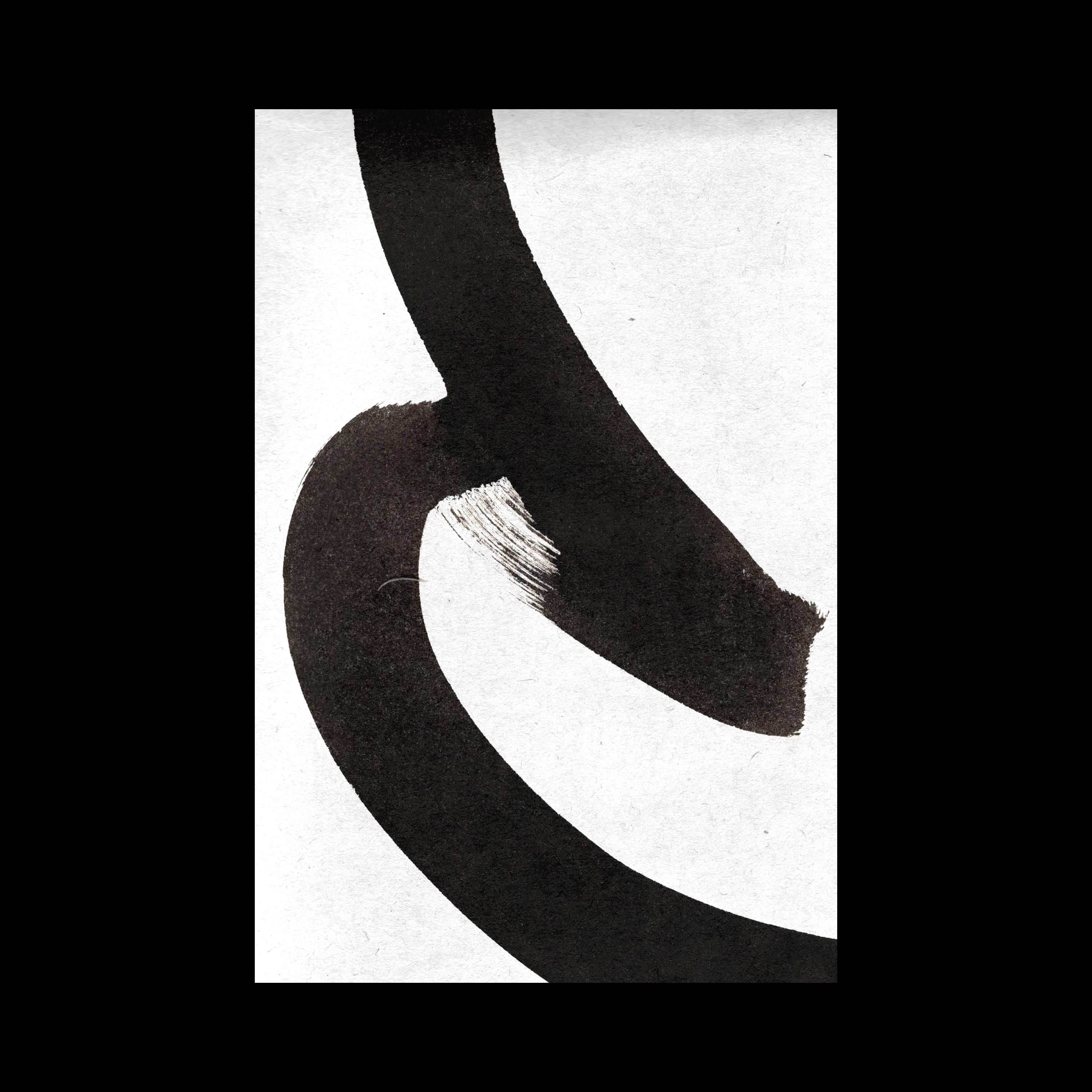





I didn’t use every ink drawing in every collage. The way I saw it, each drawing was a representation of my key word (memory, people, etc.) not the representation of it. This philosophy applies to the final outcome as well.



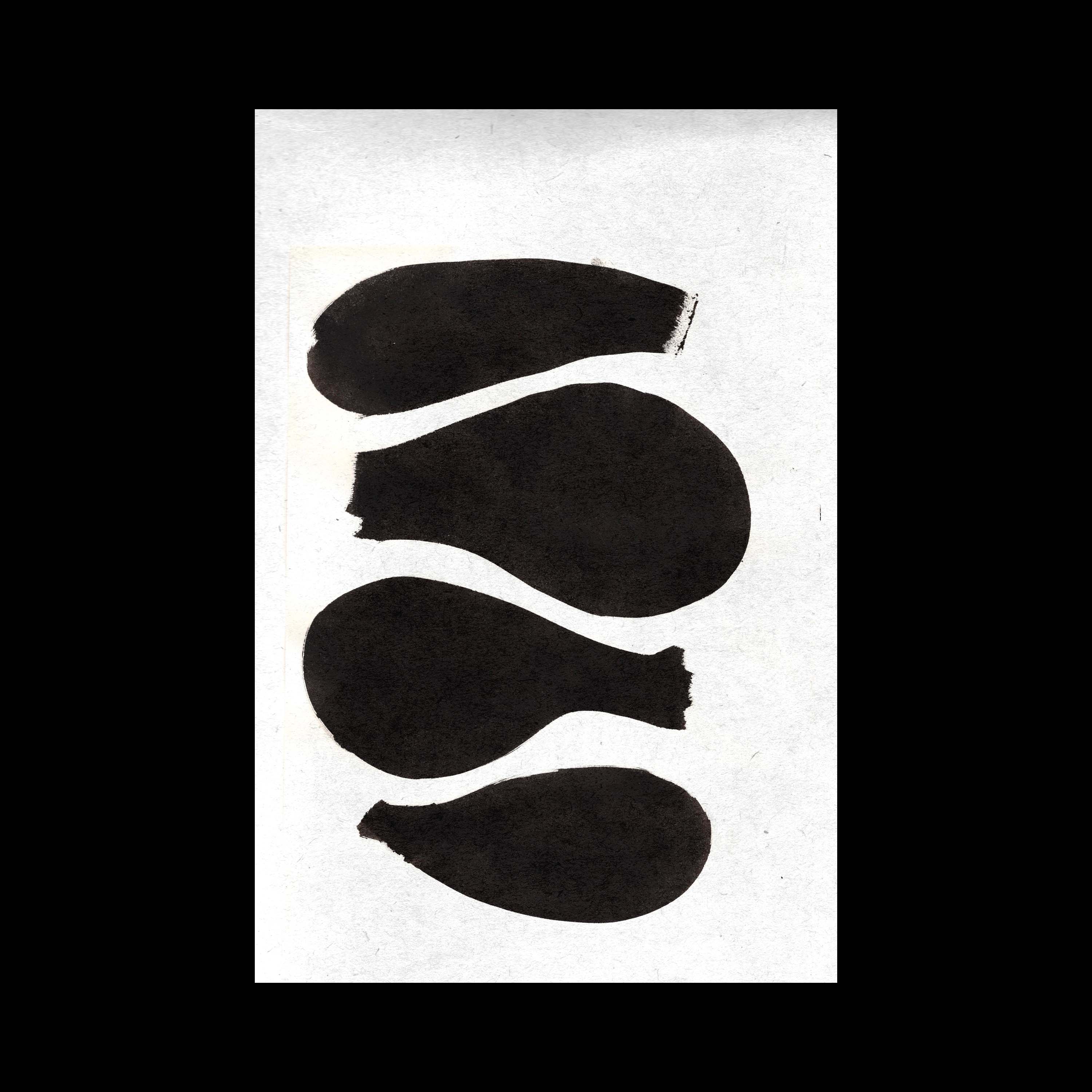
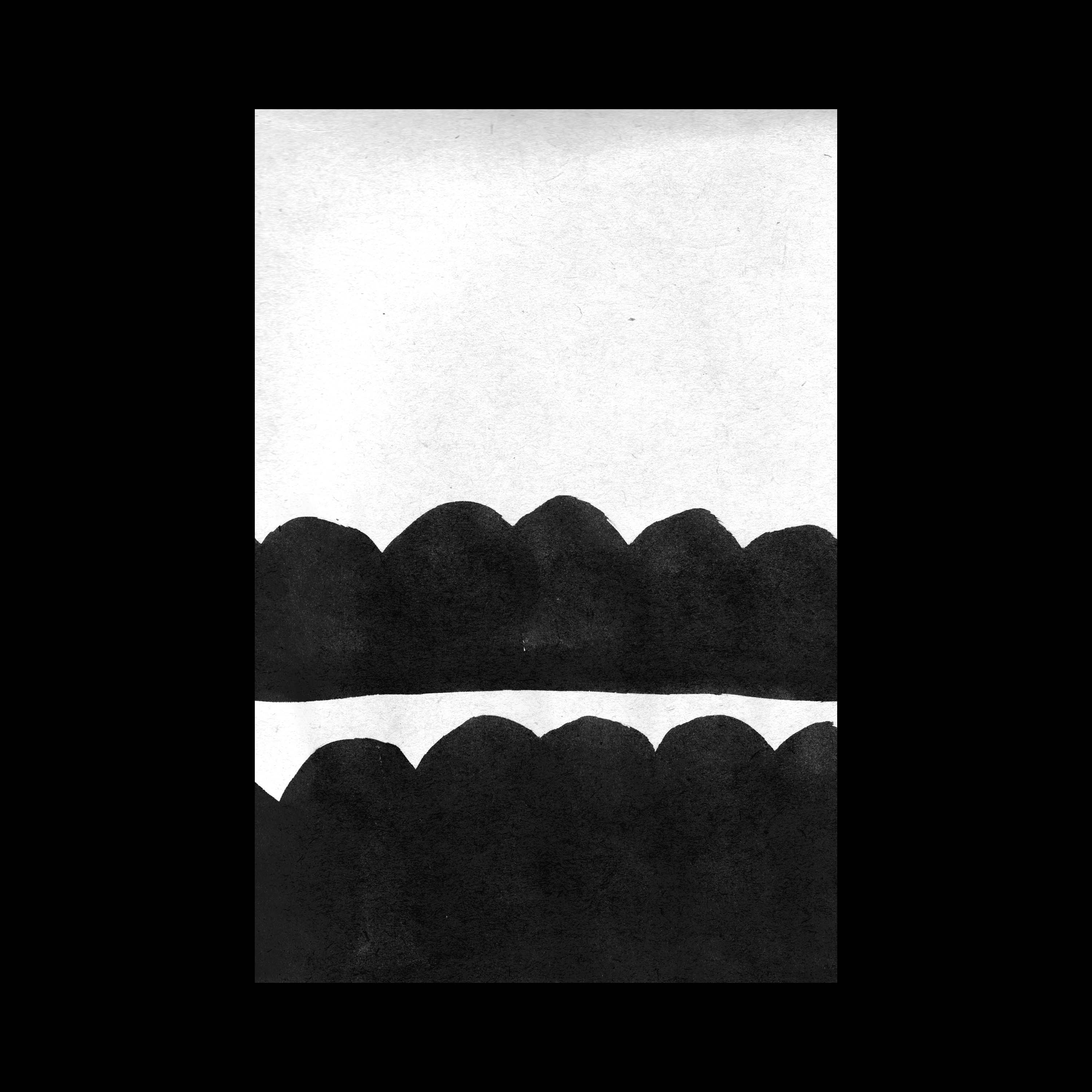







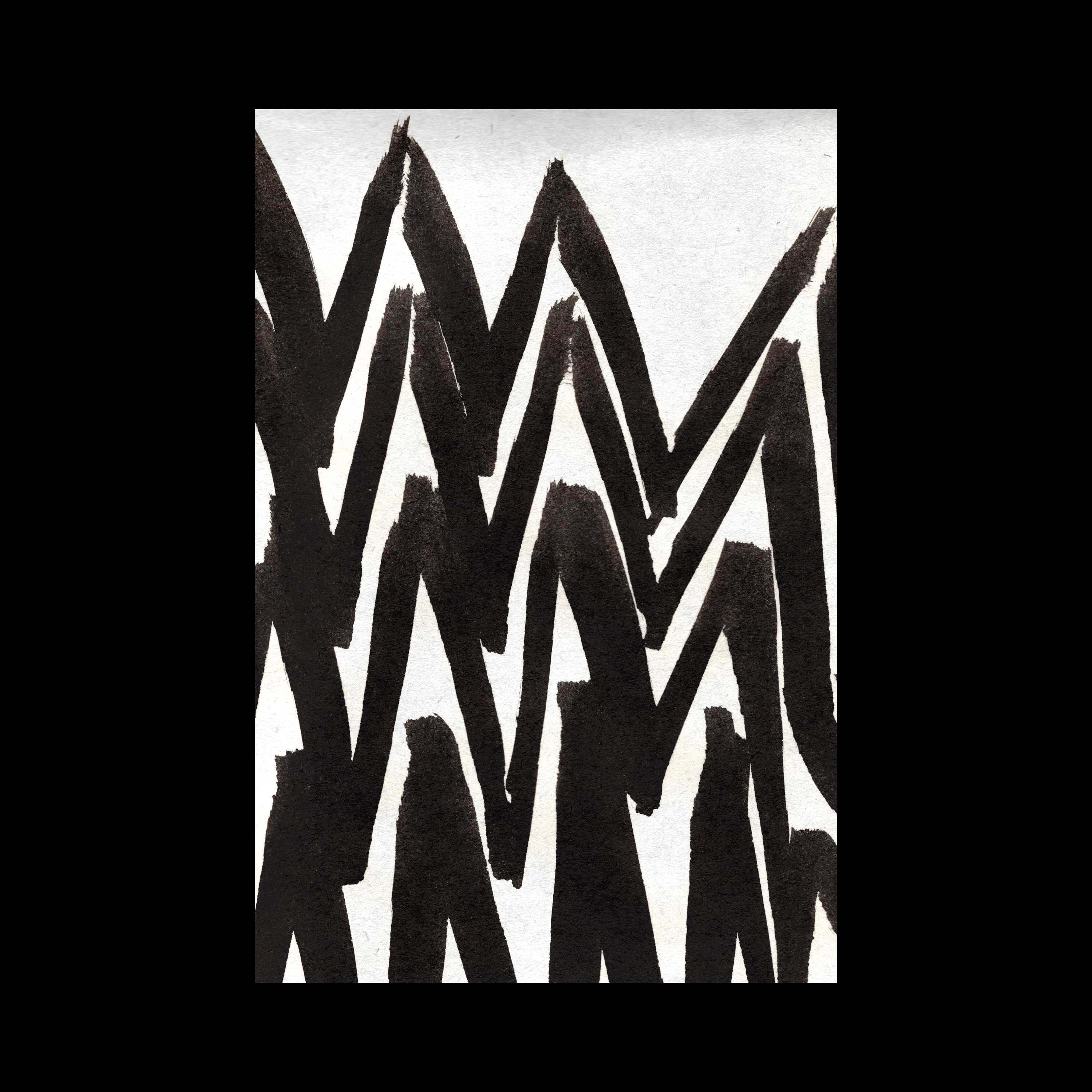

I should also note that I redacted some passages of my writing from this final presentation. Some parts were too dark or too personal, and although it felt good to get them off my chest, I don’t think I needed to share them with the entire internet.









“Anxiety” is the only piece in this series that is entirely digital. I feel like that says something about our world.
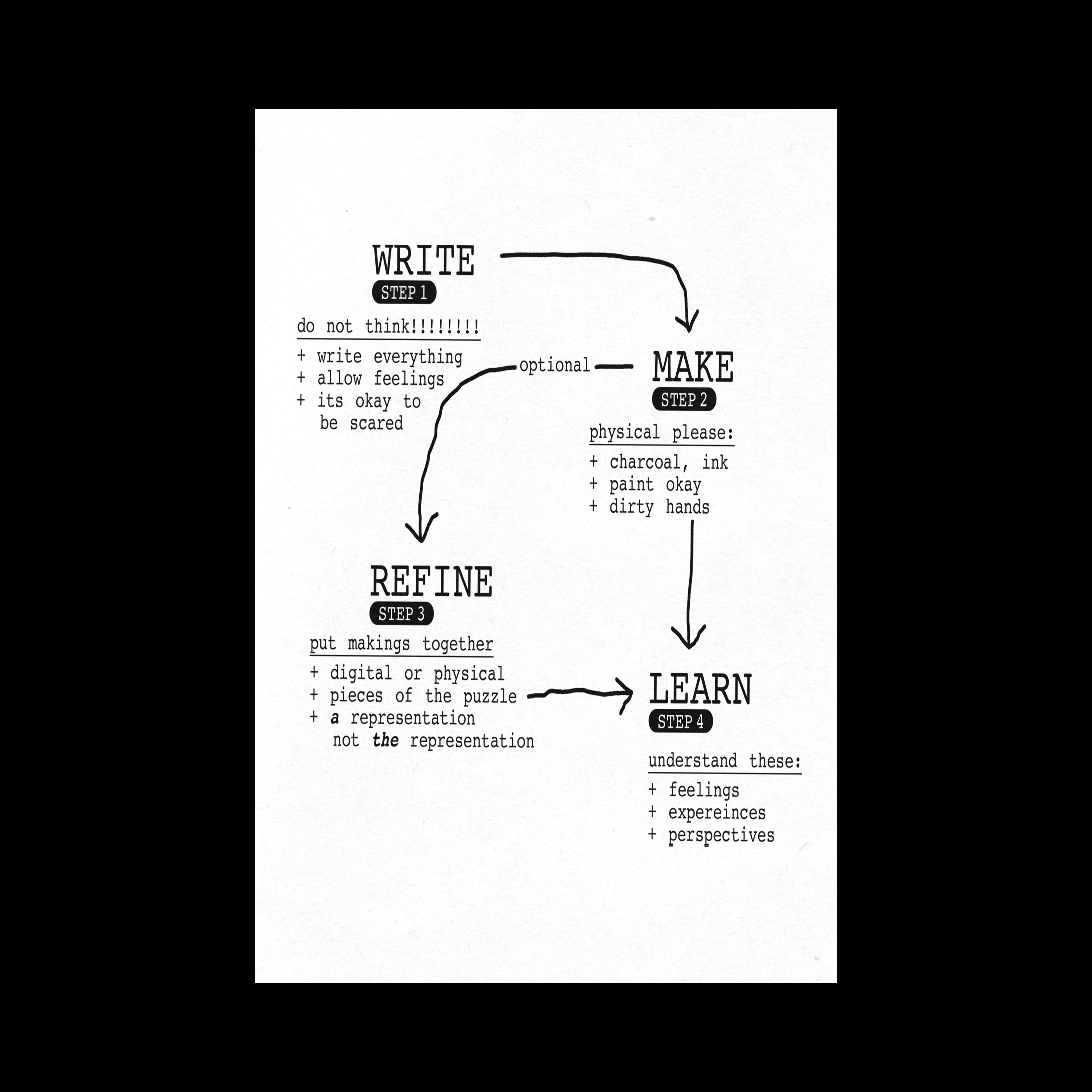
So,
How (Can) The Process of Making Assist Me in Understanding or Overcoming Some Parts of My Personal Trauma?
1) Writing & 2) Making
I think making a habit of writing to explore your emotions, and making to process them might be a good idea for anyone struggling with trauma or mental health issues, it’s not exclusive to artists.
I believe it would be most effective as a daily practice, for example, simply writing and making based on your feelings at the end of the day.
3) Refining
For me, refining was just an extra step in the processing phase. I don’t think it helped me learn any more about myself, but it made me feel more in control. Demons not entirely slayed, but I did more damage. Toxins not entirely purged, but further along on their way out.
What next? Keep moving forward.
I think making a habit of writing to explore your emotions, and making to process them might be a good idea for anyone struggling with trauma or mental health issues, it’s not exclusive to artists.
I believe it would be most effective as a daily practice, for example, simply writing and making based on your feelings at the end of the day.
3) Refining
For me, refining was just an extra step in the processing phase. I don’t think it helped me learn any more about myself, but it made me feel more in control. Demons not entirely slayed, but I did more damage. Toxins not entirely purged, but further along on their way out.
What next? Keep moving forward.
Featured Project
A precise brand identity for an organization that values technique over everything.
Read More ︎︎︎
TEKOE Esports
A precise brand identity for an organization that values technique over everything.
Read More ︎︎︎
Will Callis is a Brand, Graphic, & Web Designer with three years of experience.
AND! He’d love to hear from you ☺️
Learn more ︎︎︎ Get in touch ︎︎︎

